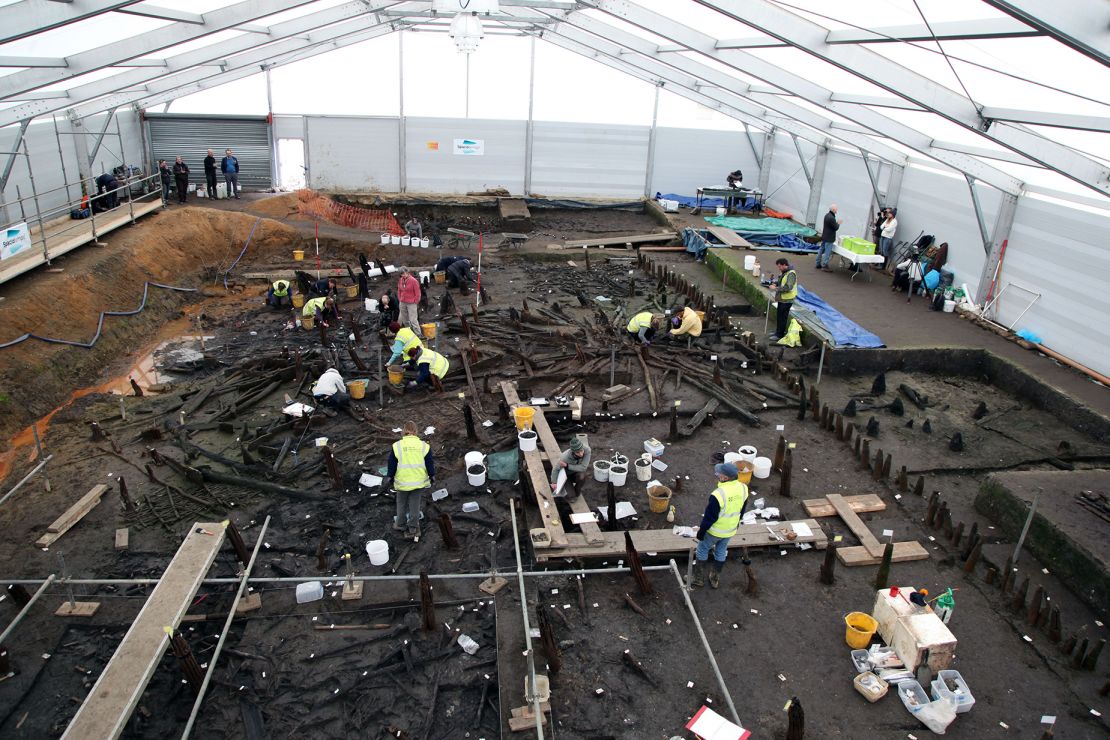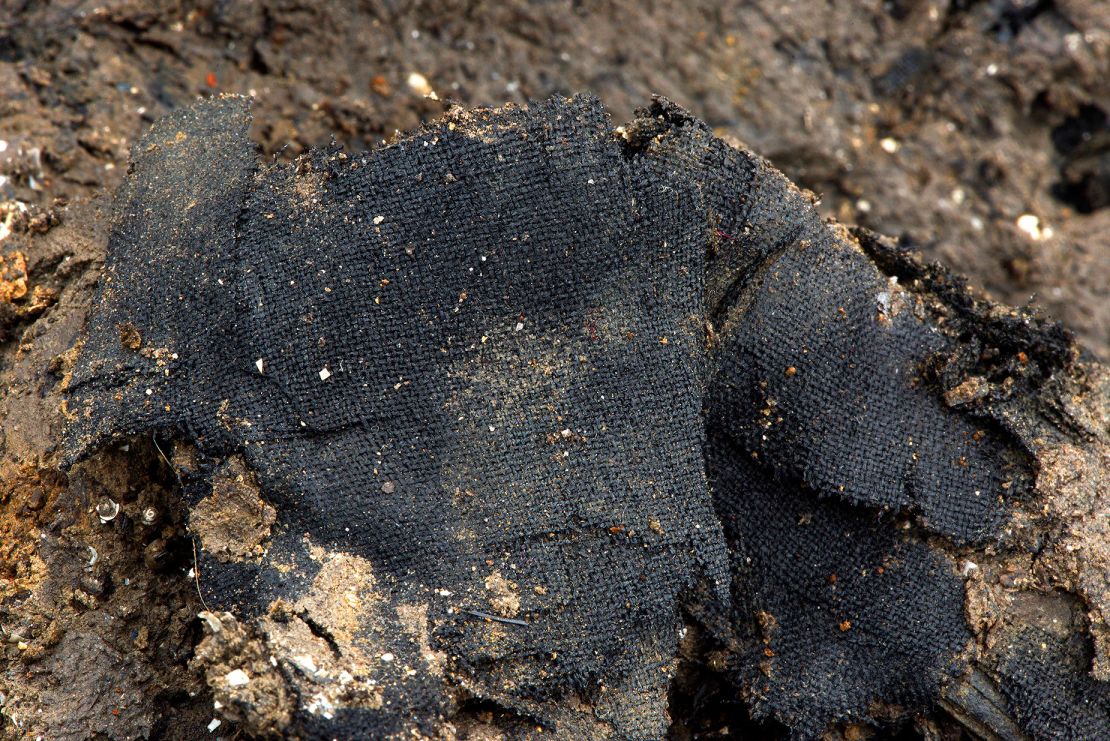Fri 05 April 2024:
Excavations reveal a plethora of relics and things used by ancient civilizations.
These objects can be tools, pottery, weaponry, or household goods. Archaeologists can learn about daily life and cultural behaviors from these relics.
Some excavations reveal human remains, including as skeletal remains, as well as indications of lifestyle. Similarly, the remnants of Must Farm, a Bronze Age stilt village, can be found deep in eastern England.
The village, above a river, met a fiery demise 2,850 years ago. It was burned down merely nine months after its construction.

It is often dubbed as “Britain’s Pompeii”. The comparison to Pompeii arose from the remarkably well-preserved remains found at the site, similar to the preserved ruins of Pompeii in Italy.
The site has unveiled a wealth of information. This has reshaped our understanding of Bronze Age society. Like Pompeii, Must Farm also offers historians and archaeologists a snapshot of life, with its well-preserved structures and artifacts.
Lab analysis of biological remains revealed the types of food the community once consumed. A pottery bowl imprinted with the finger marks of its maker held a final meal — a wheat grain porridge mixed with animal fat. Chemical analyses of the bowls and jars showed traces of honey along with deer, suggesting the people who used the dishes might have enjoyed honey-glazed venison.
Ancient excrement found in waste piles below where the houses would have stood showed that the community kept dogs that fed on scraps from their owners’ meals. And human fossilized poop, or coprolites, showed that at least some inhabitants suffered from intestinal worms.

The waste piles, or middens, were one line of evidence that showed how long the site was occupied, with a thin layer of refuse suggesting the settlement was built nine months to a year before it went up in flames. Two other factors supported that line of reasoning, Wakefield said.
During the excavation in 2016, experts unearthed a treasure trove of artifacts that gave a sneak peak into ancient daily life.
Among these discoveries was an interesting spoon in a bowl of half-finished porridge. Alongside, wooden buckets with multiple cut marks revealed the village’s inhabitants’ inventiveness.
Must Farm has exposed the intricacies of Bronze Age living through the remains of an old meal.
Chris Wakefield, an archaeologist at the University of Cambridge, reportedly commented on the significance of these discoveries. “One of those buckets…” There were several cut marks on the bottom, indicating that when folks in that Bronze Age kitchen required an impromptu chopping board, they simply flipped the bucket upside down,” he said.

SOURCE: INDEPENDENT PRESS AND NEWS AGENCIES
______________________________________________________________
FOLLOW INDEPENDENT PRESS:
WhatsApp CHANNEL
https://whatsapp.com/channel/0029VaAtNxX8fewmiFmN7N22
![]()
TWITTER (CLICK HERE)
https://twitter.com/IpIndependent
FACEBOOK (CLICK HERE)
https://web.facebook.com/ipindependent
YOUTUBE (CLICK HERE)
https://www.youtube.com/@ipindependent
Think your friends would be interested? Share this story!





